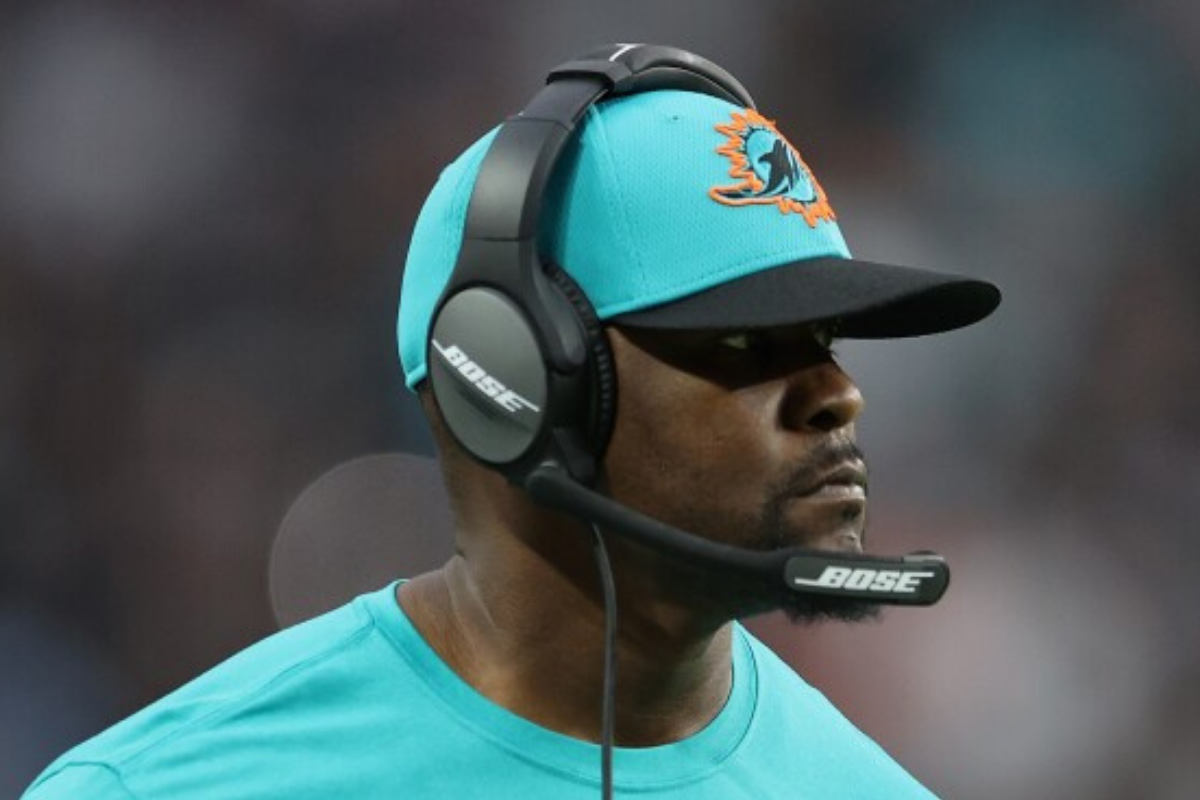The architect of the National Football League’s “Rooney” Rule says the hiring policy has failed to diversify the league’s top positions because of shortcomings in how it’s implemented, despite being widely adopted by U.S. banks, tech companies, and law firms.
The rule, adopted by the NFL in 2003 and named after the late Pittsburgh Steelers owner Dan Rooney, requires teams to interview at least two candidates of color for head coaching positions. It was criticized in former Miami Dolphins head coach Brian Flores’s discrimination lawsuit, which accuses the league of disingenuous efforts to increase racial representation in top jobs. Nearly two decades after adoption, the league has only one Black head coach, the suit noted.
Corporate Adoption
Since the NFL created the rule, it has been adopted in some form by companies like JPMorgan Chase & Co., Bank of America Corp., and Facebook, as well as some states and cities, to include requirements to interview women and people of color for leadership positions. Some implement the rule for company-wide hiring.
It’s also been incorporated into settlements of shareholder lawsuits that push companies to take a more active role in increasing diversity and inclusion.
In the corporate world, a 2016 study from the University of Colorado found that when a pool of job candidates contained only one woman or person of color, the chances that person would be hired were essentially zero.
Without accountability, simply changing the composition of a hiring pool won’t make a difference, but there is evidence that broader pressure and ambitious diversity goals have led to some success in recent years, said Stefanie Johnson, a professor at the University of Colorado, who authored the study. “There is buy-in across corporate America to increase diversity,” Johnson said. “There is cognitive bias and an unconscious bias toward the default candidate. If everyone you interview is a White coach who isn’t Black, it implies that the default must actually be the correct choice.”











Leave A Comment